Western Art History (Early Medieval - Italian Proto-Renaissance Painting
1/31
There's no tags or description
Looks like no tags are added yet.
Name | Mastery | Learn | Test | Matching | Spaced |
|---|
No study sessions yet.
32 Terms
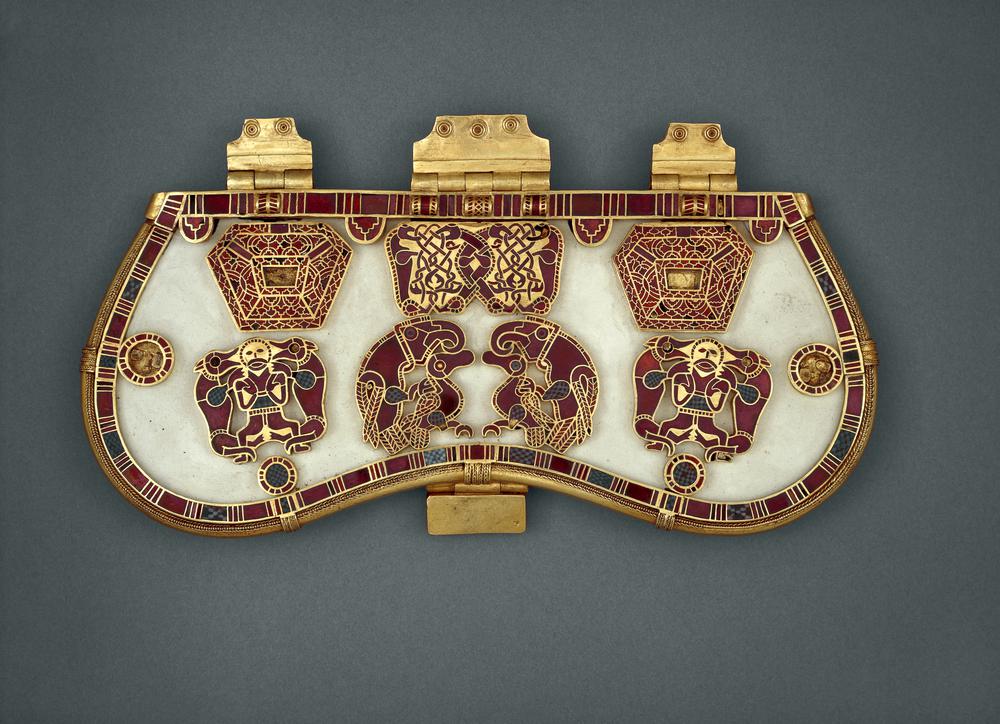
Purse Cover, from Sutton Hoo ship burial, glass, enamel cloisonné with stones, c.625, Anglo-Saxon Style
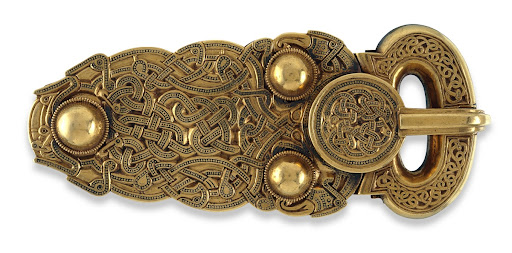
Belt Buckle (gold and cloisonné enamel), from Sutton Hoo ship burial, c.625, Anglo-Saxon Style
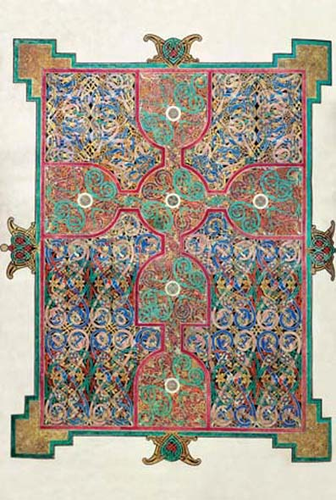
Cross-inscribed Carpet Page, f.26 from the Lindisfarne Gospels, from Northumbria (England), illuminated manuscript, tempera on vellum, c.698-721, Hibernian-Saxon Style
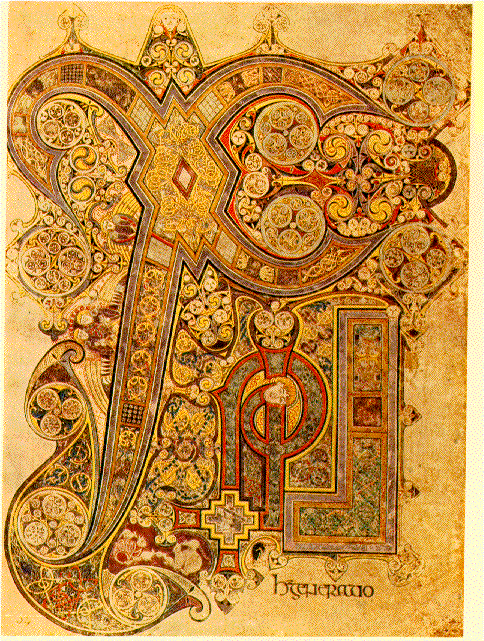
Chi-rho-iota Page, f.34 from the Book of Kells, from Iona (Scotland), illuminated manuscript, tempera on vellum, late 8th century, Hibernian-Saxon Style

Equestrian Statue of Charlemagne, bronze, 9th century, Carolingian Style
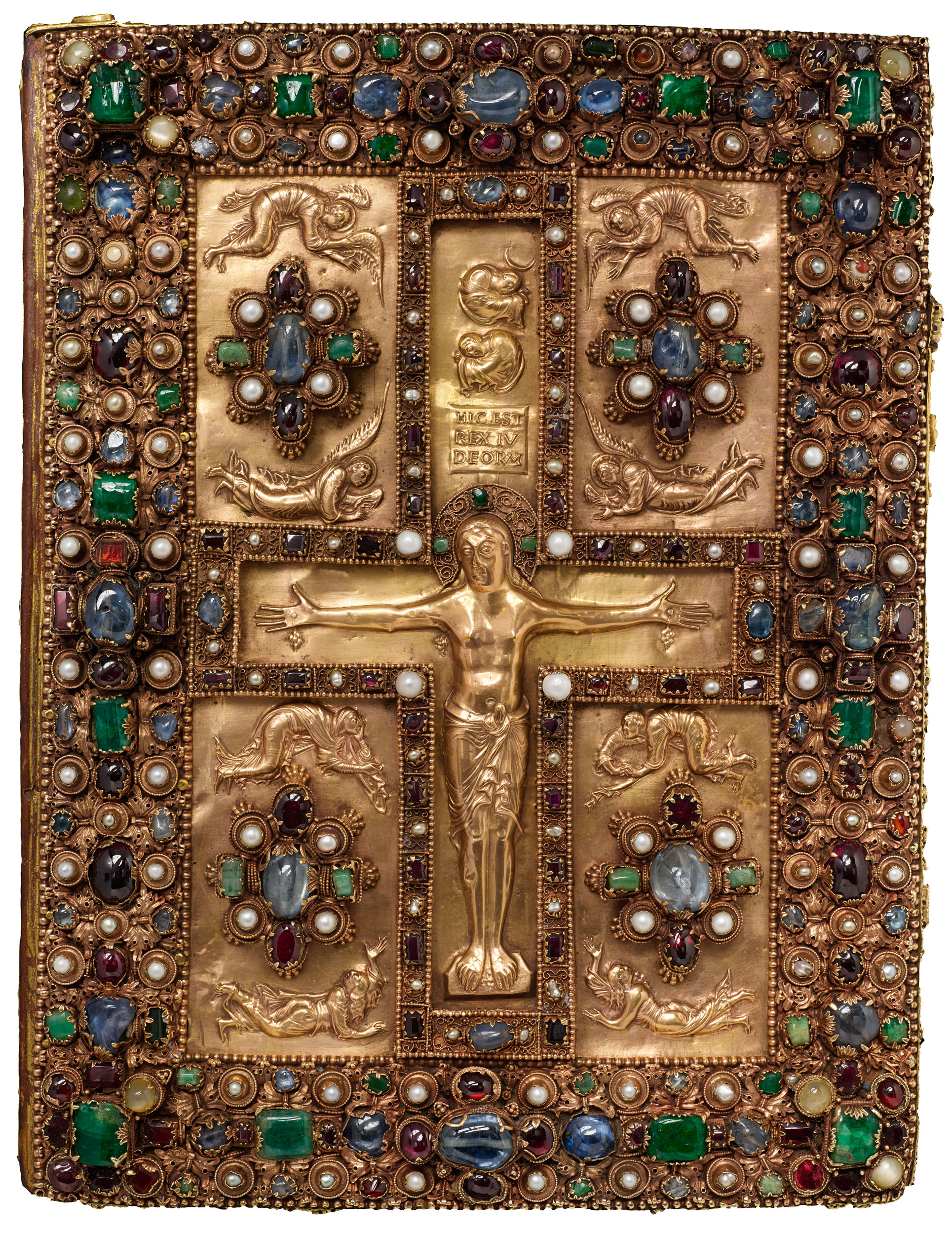
Crucifixion, cover from the Lindau Gospels from Saint Gall (Switzerland), gold, pearls and precious stones, c.870, Carolingian Style
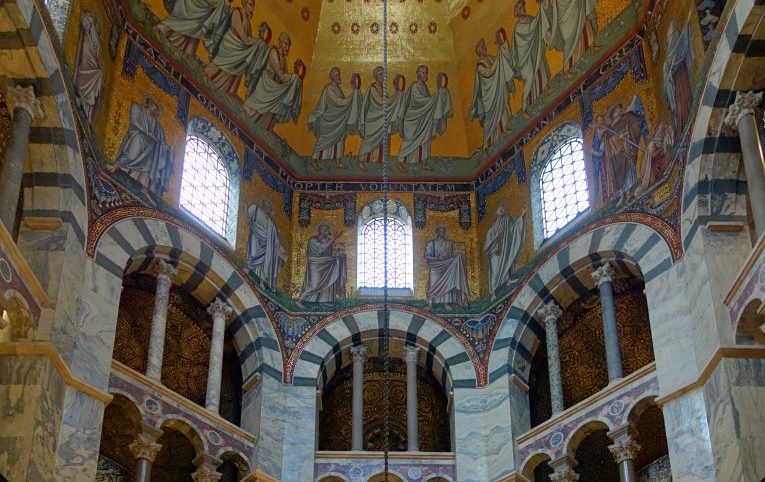
Charlemagne's Palace Complex and Palatine Chapel, Aachen (Germany), c.792-805, Carolingian Style
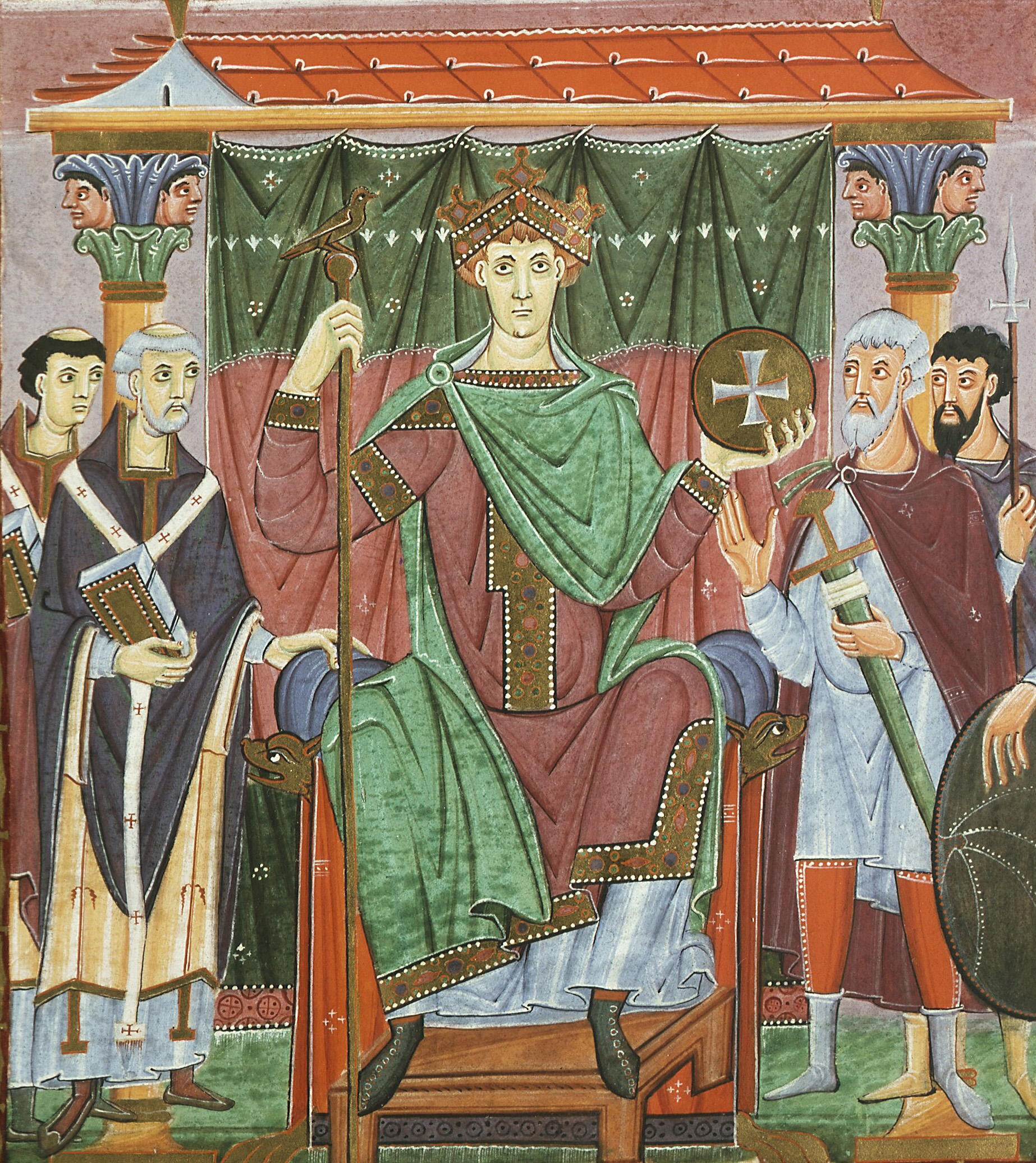
Otto III enthroned, f.24 from the Gospel Book of Otto III, Reichenau (Germany), illuminated manuscript, tempera on vellum, 997-1000, Ottonian Style
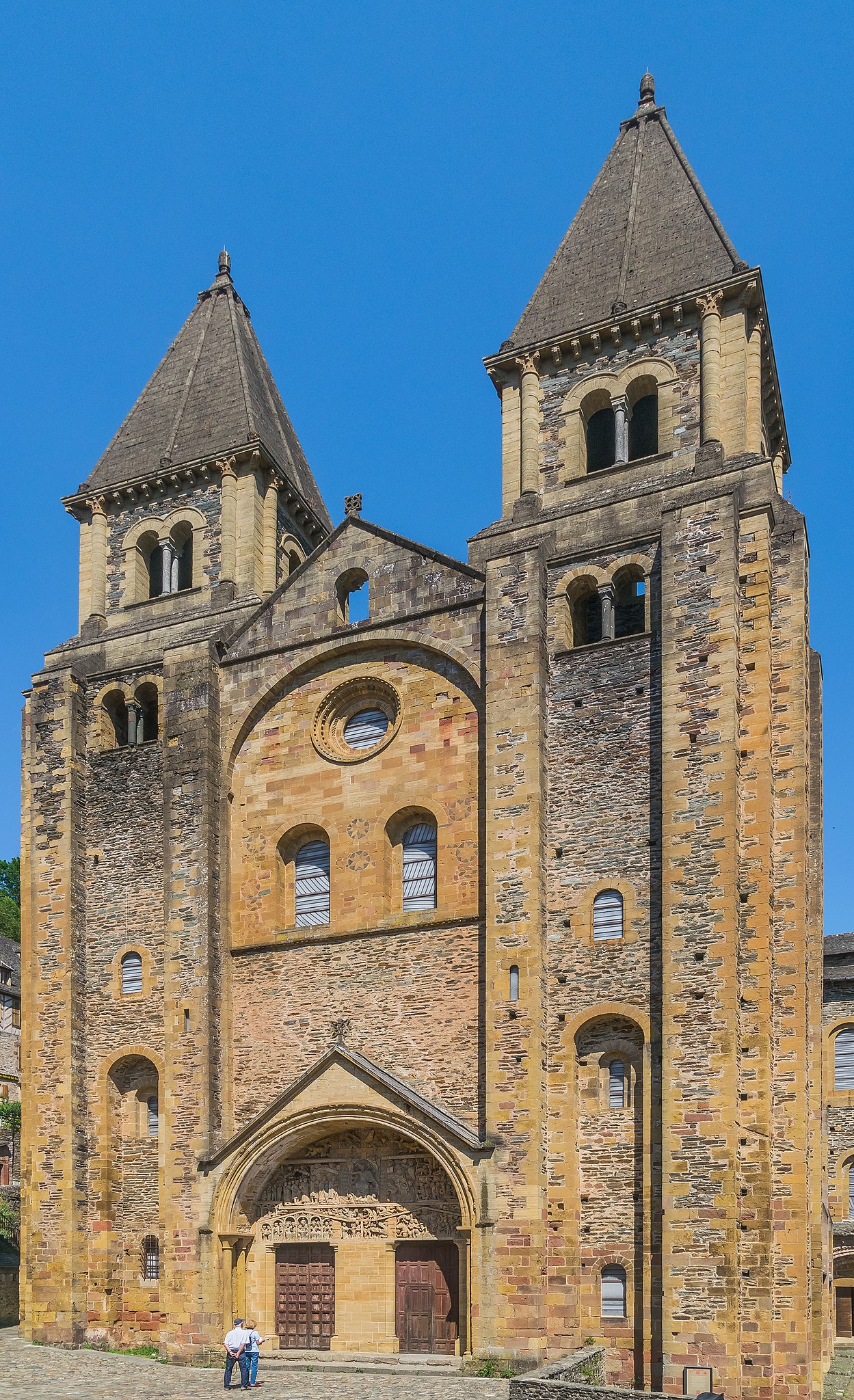
Abbey Church of Sainte-Foy, Conques, c.1050-1120, Romanesque Style

“The Last Judgment,” limestone, west portal, Abbey Church of Sainte-Foy, Conques, c.1120-30, Romanesque Style
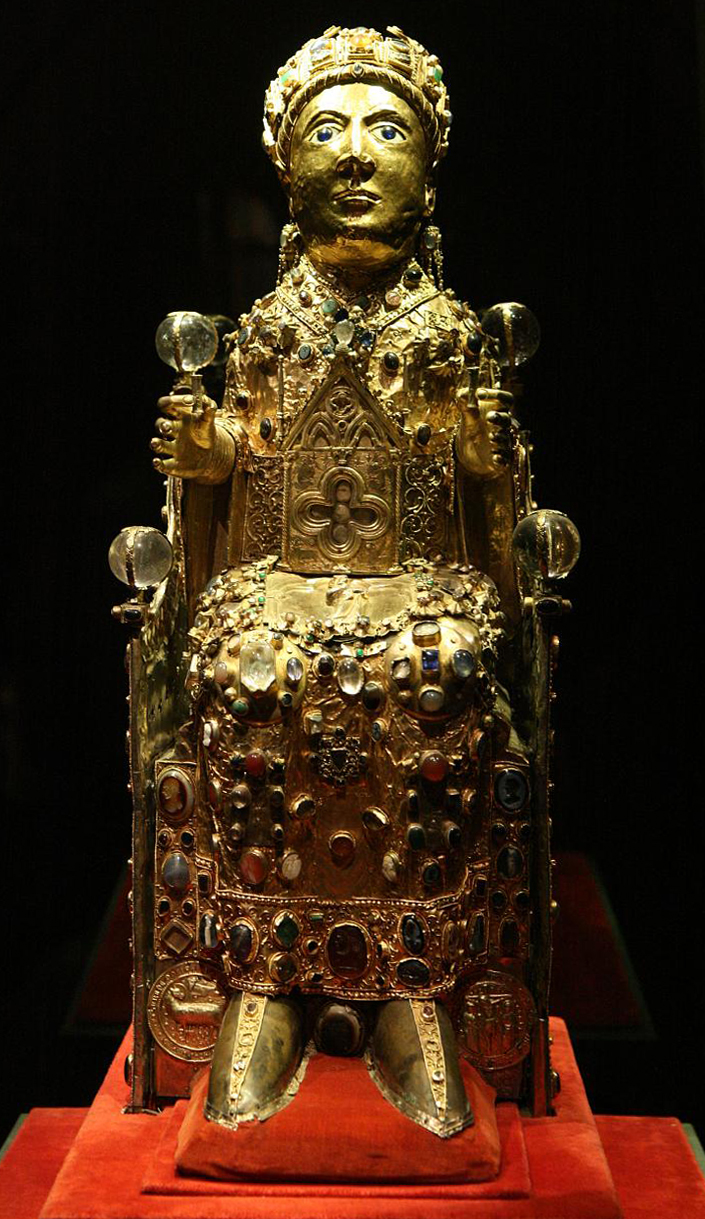
Sainte Foy (Saint Faith) Reliquary, gold and precious stones over wooden core, late 10thcentury, Romanesque Style

Gislebertus: “Last Judgment,” limestone, west portal, Cathedral of Saint-Lazare, Autun, c.1120-1135, Romanesque Style
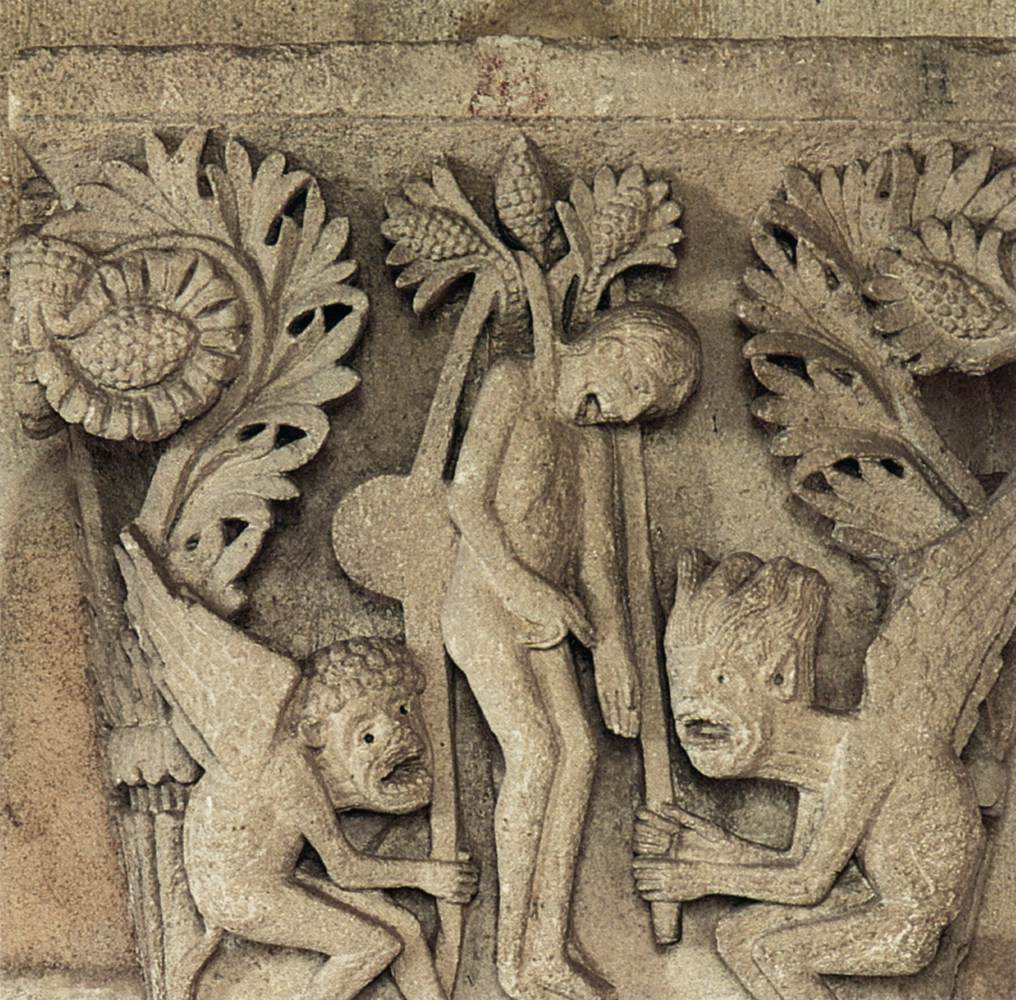
Gislebertus: “The Suicide of Judas,” limestone, capital from the nave, Cathedral of Saint-Lazare, Autun, c.1120-30, Romanesque Style

Man (symbol of St. Matthew), f.21 from the Book of Durrow, from Iona (Scotland), illuminated manuscript, ink and tempera on parchment, c.660-680, Hiberno-Saxon Style
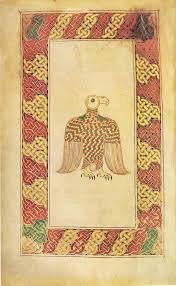
Eagle (symbol of St. John), f.84 from the Book of Durrow, from Iona (Scotland), illuminated manuscript, ink and tempera on parchment, c.660-680, Hiberno-Saxon Style
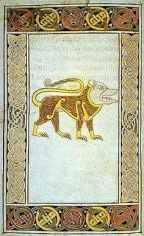
Lion (symbol of St. Mark), f.119 from the Book of Durrow, from Iona (Scotland), illuminated manuscript, ink and tempera on parchment, c.660-680, Hiberno-Saxon Style

Ox (symbol of St. Luke), f.124 from the Book of Durrow, from Iona (Scotland), illuminated manuscript, ink and tempera on parchment, c.660-680, Hiberno-Saxon Style
Abbey Church of Notre-Dame, Jumièges, 1040-1067, Romanesque Style
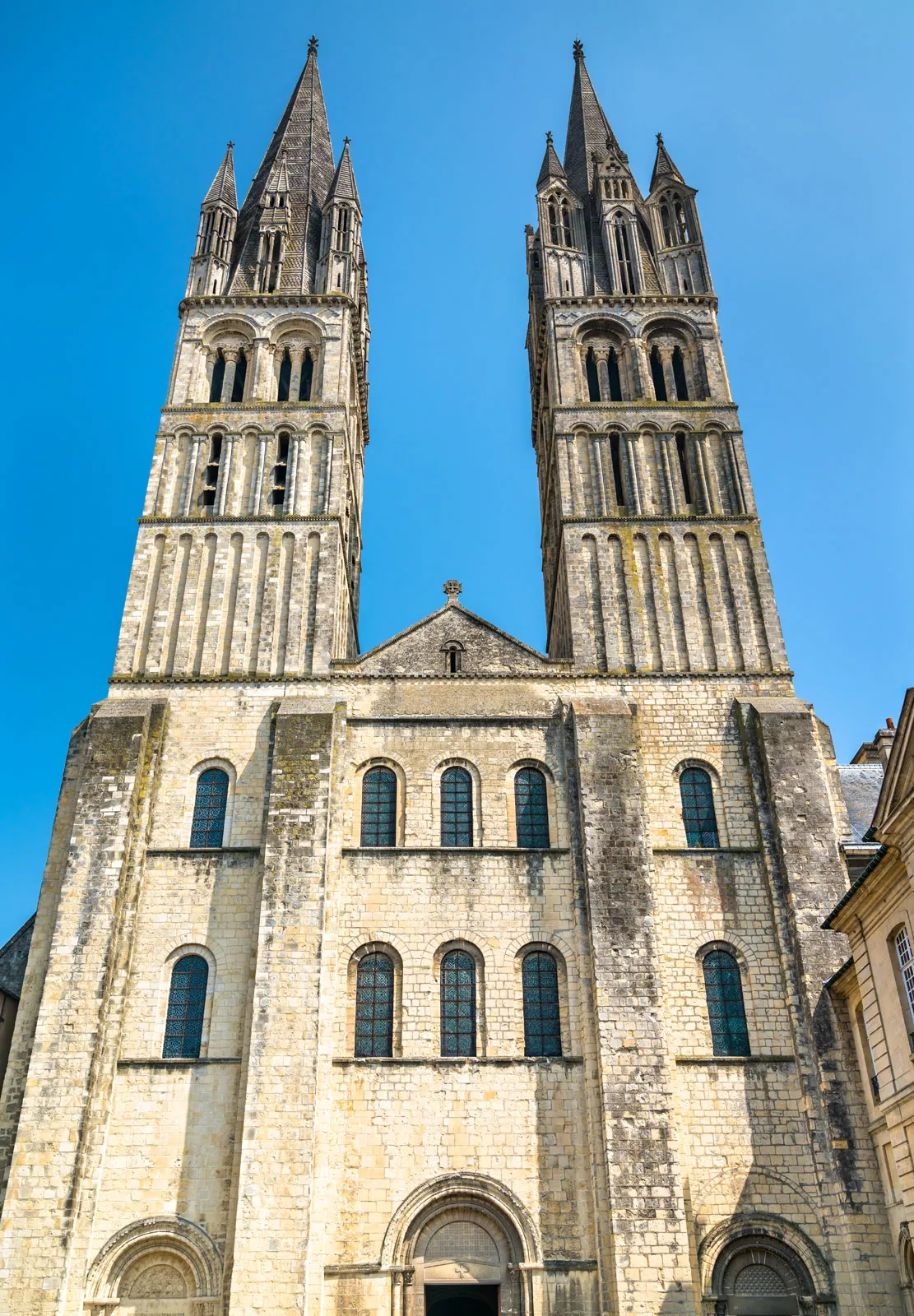
Abbey Church of Saint-Étienne, Caen, begun 1067, Romanesque Style
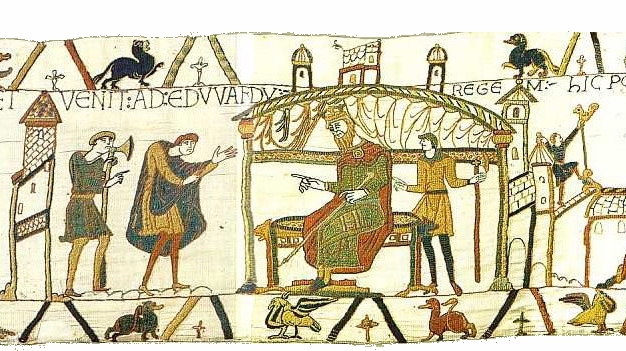
“King Edward and Attendants at Westminster” from the Bayeux Tapestry, wool embroidery on linen, 1070-80, Romanesque Style
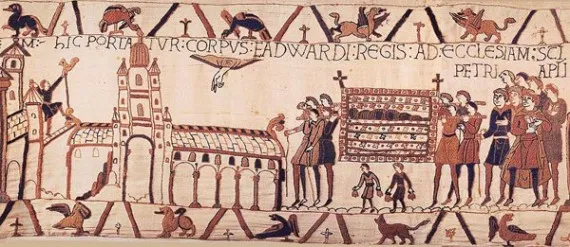
“Funeral Procession of King Edward at Westminster” from the Bayeux Tapestry, wool embroidery on linen, 1070-80, Romanesque Style
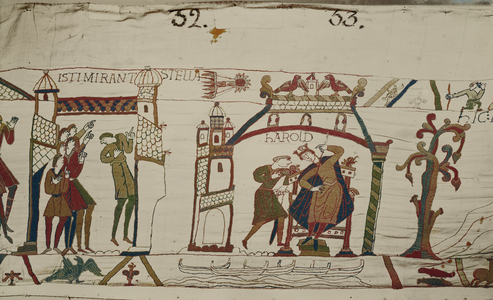
“Haley’s Comet and Harold, Earl of Wessex” from the Bayeux Tapestry, wool embroidery on linen, 1070-80, Romanesque Style

“Battle of Hastings” from the Bayeux Tapestry, wool embroidery on linen, 1070-80, Romanesque Style

Cathedral of Notre-Dame, Chartres, begun c.1134, Gothic Style
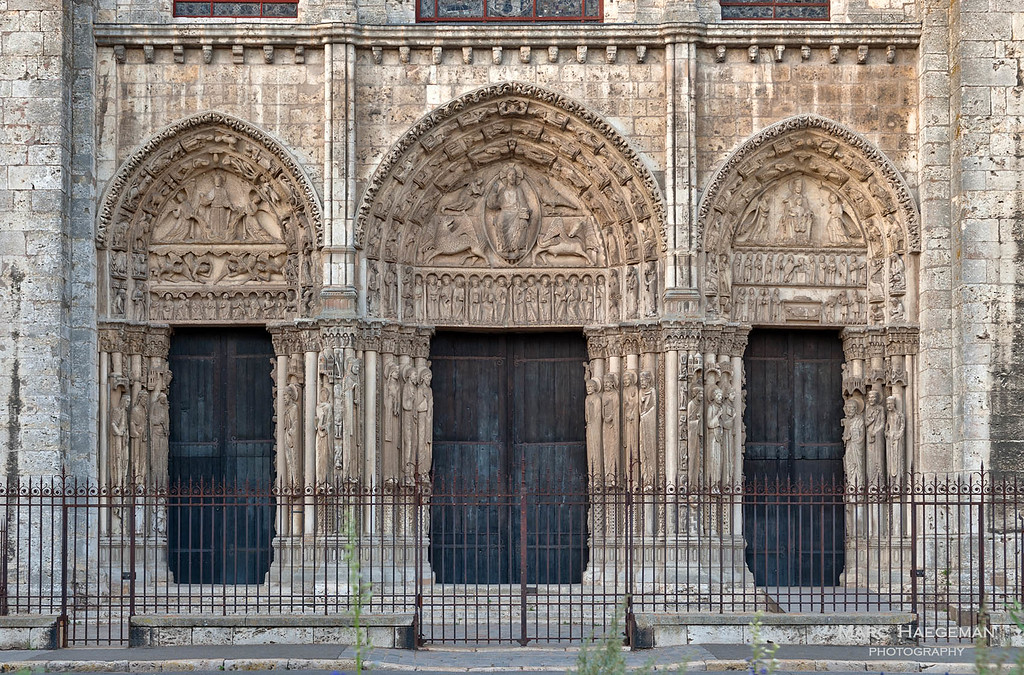
West façade with Royal Portal, Cathedral of Notre-Dame, c.1145-1155, Gothic Style

Interior, Cathedral of Notre-Dame, c.1200-1220, Gothic Style
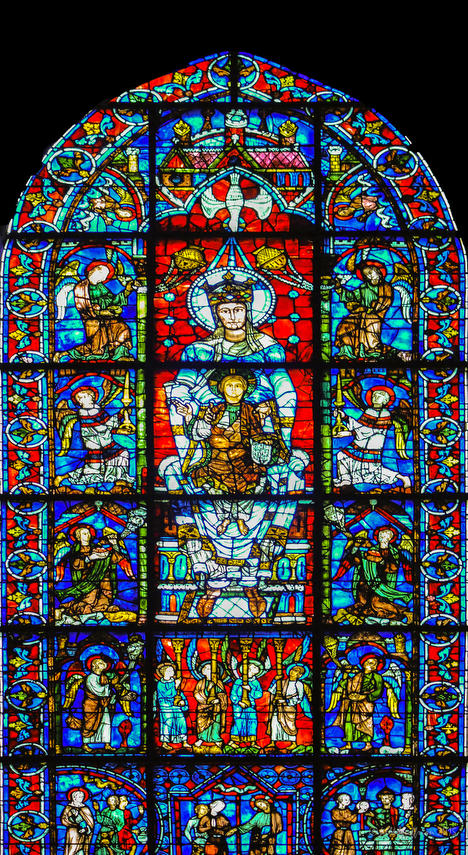
Notre-Dame de la Belle Verrière (Virgin and Child with Angels), choir, Cathedral of Notre-Dame, stained glass, c.1170, Gothic Style
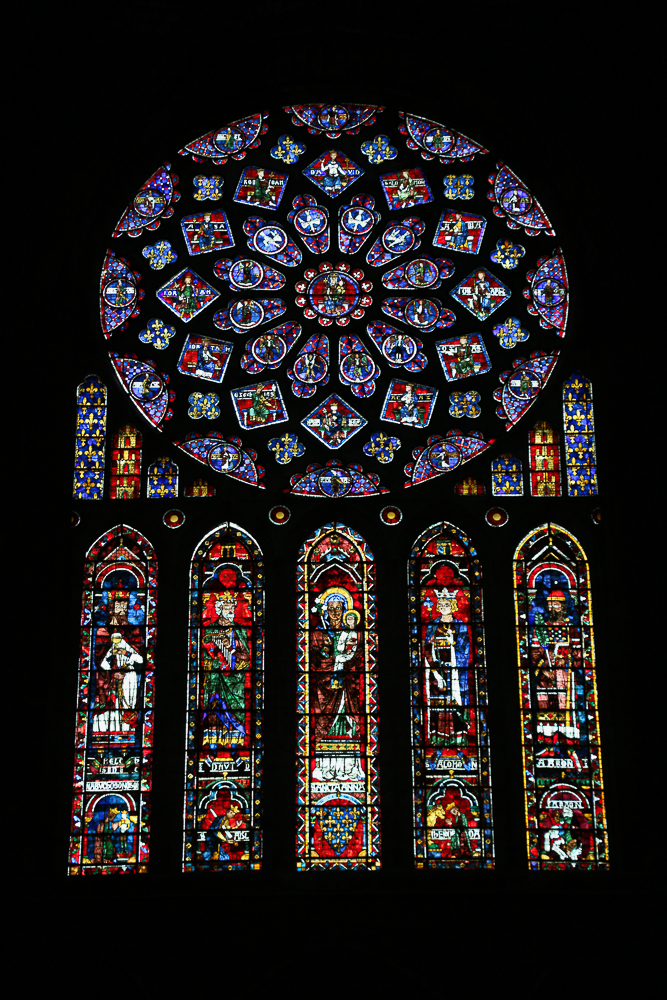
Rose Window and Lancets, north transept of Cathedral of Notre-Dame, stained glass, c.1220, Gothic Style
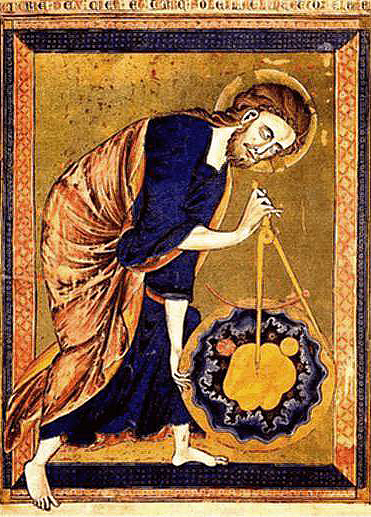
God as Architect of the World (folio 1) from the Paris Moralized Bible, ink, tempera and gold leaf on vellum, c.1220-1230, Gothic Style
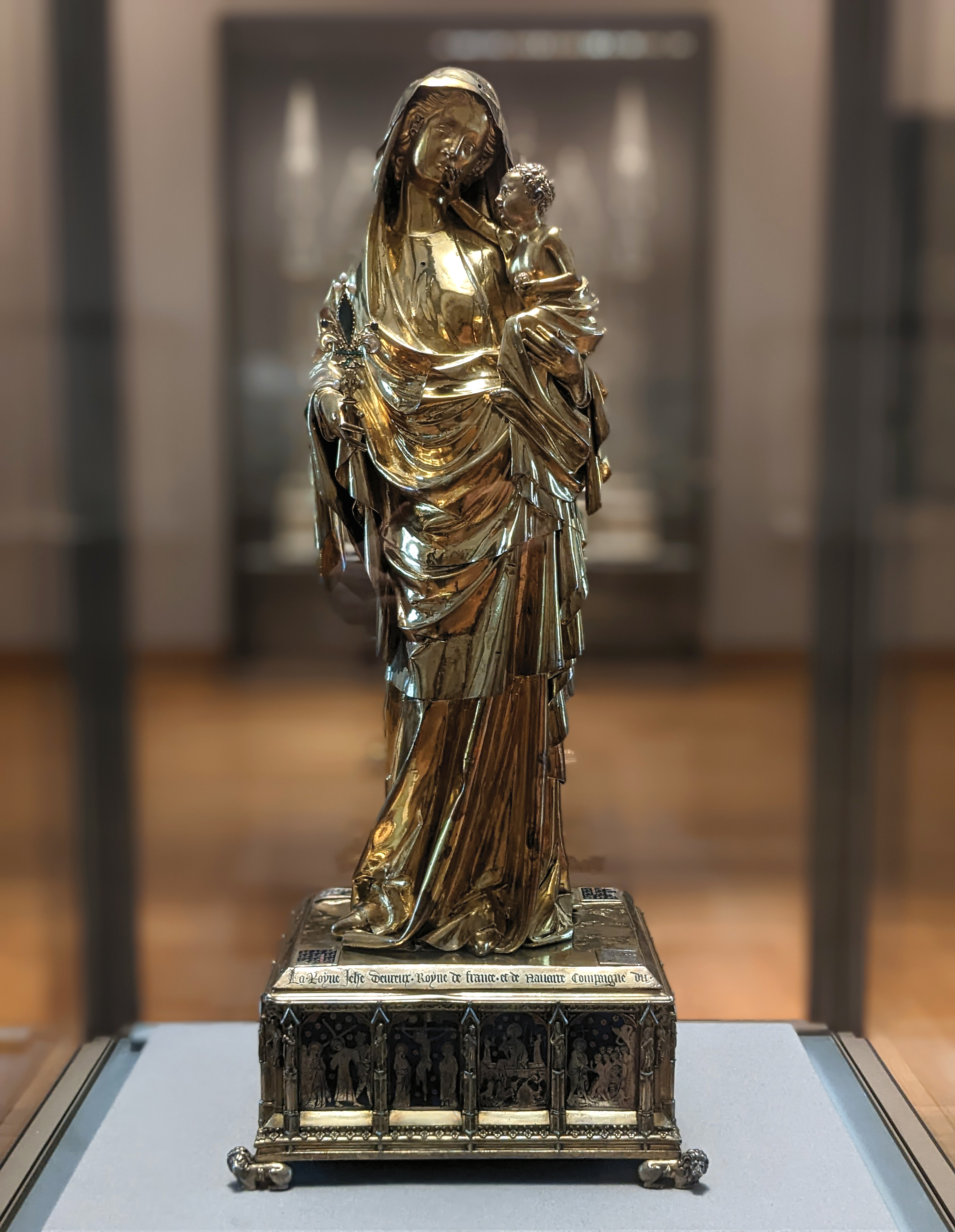
Virgin of Jeanne d’Evreux, from the abbey Church of Saint-Denis, silver gilt and enamel, 1339, Gothic Style
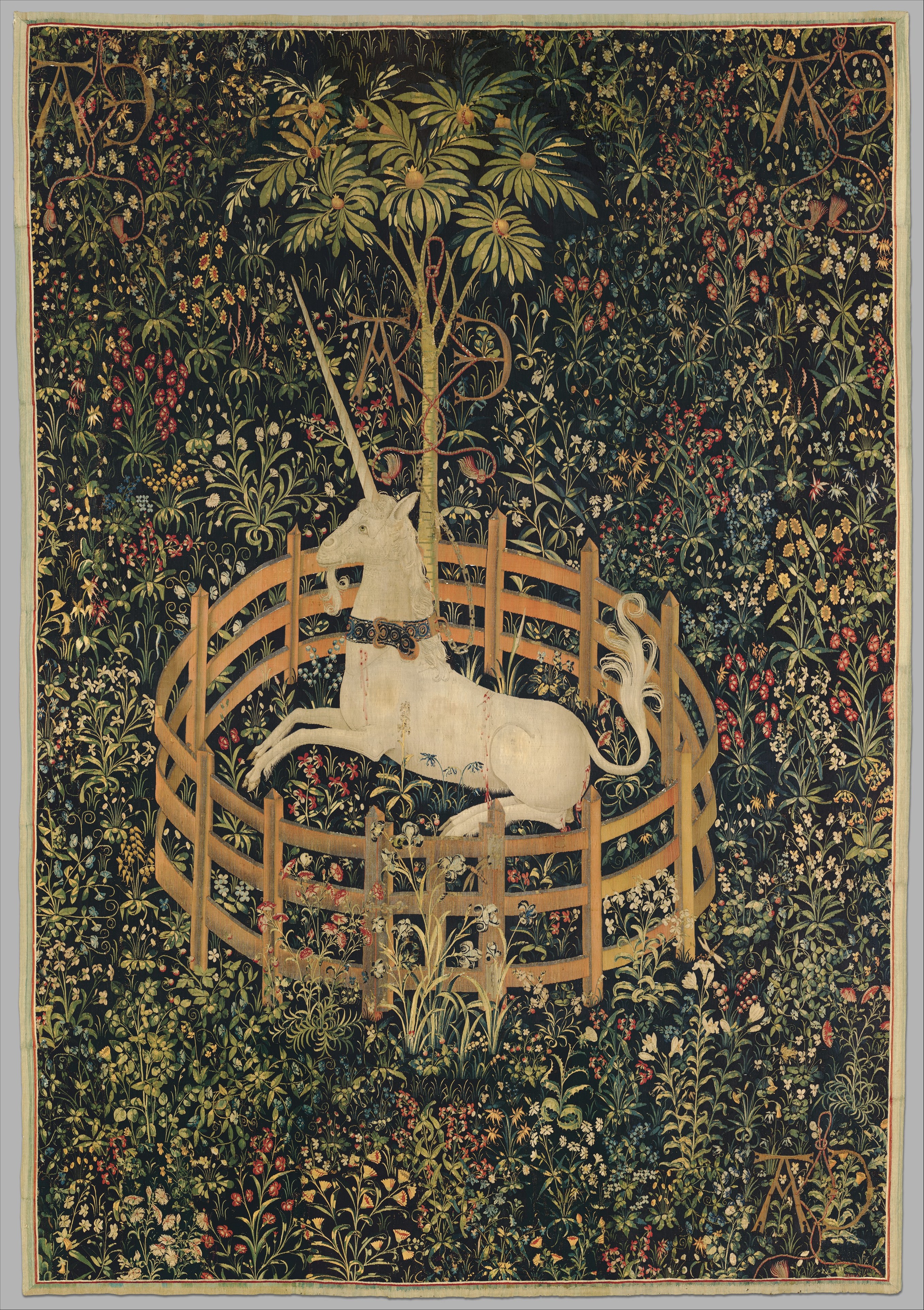
The Unicorn in Captivity, tapestry, c.1495-1505 [Cloisters Museum-Met, NYC], Gothic Style
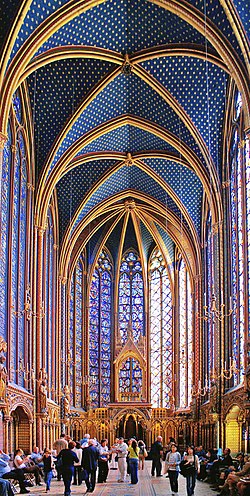
Thomas de Cormont: Sainte-Chapelle, Paris, c.1243-1248, Rayonnat Style